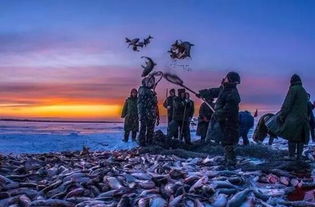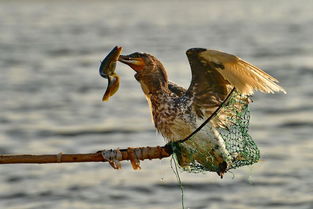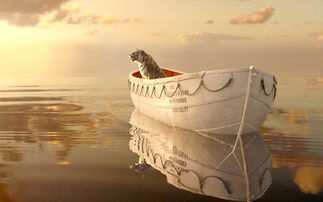Winter Fishing: Expert Tips on How to Set Up Baits
Winter fishing can be a serene and rewarding experience, offering anglers the chance to enjoy the tranquility of nature's quietest season. However, the cold temperatures and slower fish activity can make it challenging to catch fish. One of the key elements to successful winter fishing is mastering the art of setting up baits. Here are some expert tips on how to do it effectively.
Understanding Winter Fish Behavior
Before delving into the specifics of bait setup, it's crucial to understand how fish behave during the winter months. Cold water slows down their metabolism, causing them to become less active and more selective. They tend to congregate in deeper, warmer waters and are often more solitary. Therefore, your approach to baiting should be strategic and tailored to these behaviors.
Choosing the Right Location
Finding the right spot is the first step in successful winter fishing. Look for areas with a steady supply of baitfish, as these will attract predators. Consider the following:
- Deeper Waters: Fish will seek out deeper areas where the water is warmer, such as around structures like rocks, logs, and submerged trees.
- Thermal Breaks: These are areas where warm water rises from the bottom, creating a thermal gradient. These spots can be hotspots for fish.
- Coves and Bays: These protected areas often hold fish due to the warmer water and reduced wave action.
Selecting the Right Bait

The choice of bait can significantly impact your success. In winter, natural baits often outperform artificial lures due to their smell and natural presentation. Here are some popular bait options:
- Live Bait: Minnows, shiners, and leeches are all effective. Live bait is particularly appealing to fish that are less active and more selective.
- Canned Baits: If live bait is not available, canned baits like corn, Berkley PowerBait, or Gulp! can be effective. They offer a good balance between realism and durability.
- Artificial Lures: For those who prefer artificial baits, smaller, slower-moving lures like jigs, spinners, and soft plastics can be effective. The key is to mimic the natural movement of small prey.
Setting Up the Bait
Once you've chosen your bait, it's time to set it up. Here are some tips for each type:
Live Bait:
- Hook Size: Use a size that corresponds to the size of your baitfish. A smaller hook will allow the bait to move more naturally.
- Hooking Technique: When hooking live bait, ensure the hook is set securely but not so deeply that it causes the bait to be unresponsive.
- Leader Length: A 12-18-inch leader can help reduce the risk of the bait being snatched away by predators.
Canned Baits:
- Presentation: Attach the bait to your hook in a way that mimics the natural movement of the prey it represents.
- Weight: Use a small split shot to keep the bait on the bottom in deeper waters.
Artificial Lures:
- Movement: Winter fish are less likely to chase, so slower and more deliberate movements can be more effective.
- Depth: Vary the depth of your lure by adjusting your line length or using a bobber to target specific layers of water.
The Importance of Patience
Winter fishing requires patience and perseverance. Fish may be less active, and it can take longer to get a bite. Here are some tips to help you stay focused:
- Adjust Your Approach: If you're not getting bites, try changing your bait, depth, or presentation.
- Stay Warm: Dress in layers to keep warm and comfortable. The last thing you want is to be distracted by the cold.
- Be Mindful of Safety: Winter conditions can be unpredictable. Always inform someone of your fishing plans and carry essential safety gear.
Conclusion
Winter fishing presents unique challenges, but with the right approach to baiting, you can increase your chances of success. By understanding winter fish behavior, selecting the appropriate bait, and setting it up effectively, you can enjoy a fulfilling day on the ice or along the shore. Remember, patience and persistence are key, and with the right strategy, winter fishing can be one of the most rewarding seasons to fish.












